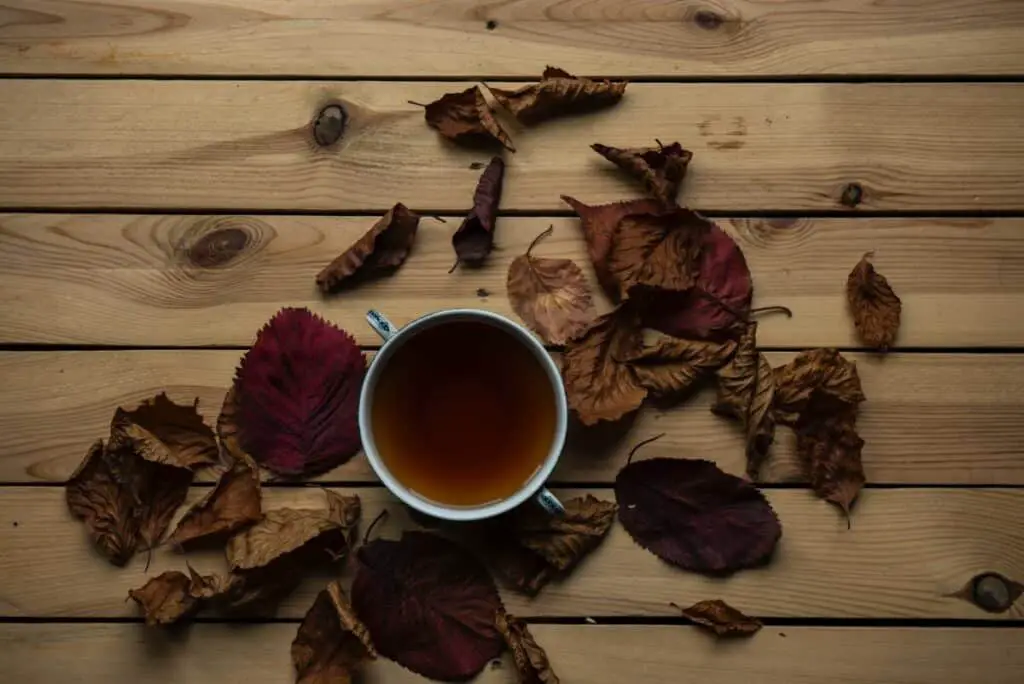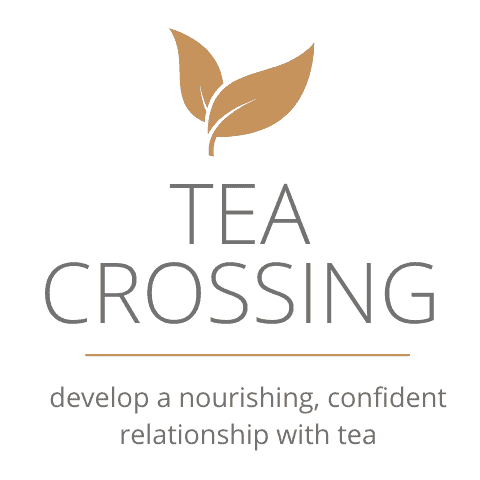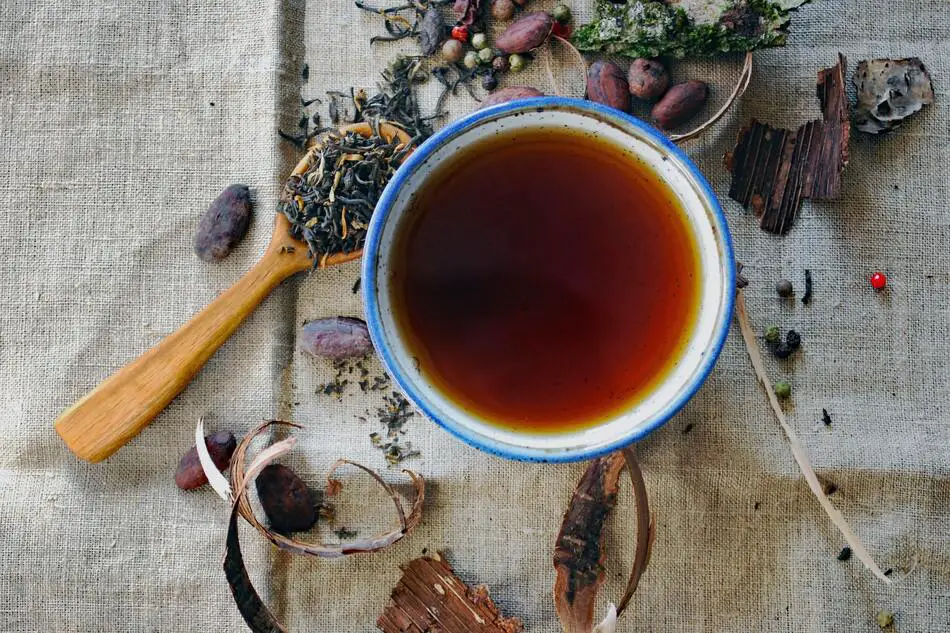Green tea is one of the most popular drinks in the world, and there are many different varieties. But what is Sencha green tea? Is it a popular type of green tea? In this blog post, we will discuss what sencha green tea is, its benefits, and how to make it.
Sencha green tea is a type of Japanese green tea. It is made from the leaves of the Camellia sinensis plant, and it has a distinctive grassy flavor. Sencha green tea is one of the most popular types of green tea in Japan, and it is also becoming increasingly popular in other countries.
Caffeine Content
When it comes to caffeine, sencha green tea is on the lower end of the spectrum. A cup of sencha green tea has about 30-40 milligrams of caffeine. For reference, a cup of coffee has about 95-200 milligrams of caffeine. So if you’re looking for a green tea that won’t keep you up at night, sencha is a good choice.
While the exact amount of caffeine in sencha can vary depending on factors like how it’s grown and processed, you can generally expect around 30-40 milligrams per cup. So if you’re looking for a green tea that won’t keep you up at night, sencha is a good choice.
What Does Sencha Tea Taste Like?
Some people say that Sencha tea tastes grassy, while others say it has a more vegetal flavor. Many also note a slightly sweet taste. This is because Sencha leaves contain more sweetness-inducing amino acids than other types of tea leaves. The specific taste of Sencha will also vary depending on where it was grown and how it was processed. For example, teas from Shizuoka Prefecture are generally considered to have a milder flavor than those from other regions.
When brewed correctly, Sencha tea should have a bright green color. The liquor should be clear and smooth, with no astringency or bitterness. If your tea has a bitter or harsh taste, it may be due to over-brewing.

Types Of Sencha Green Tea
There are three types of Sencha green tea: fukamushi, asamushi, and kabuse. Fukamushi is a steamed tea, while asamushi is a lightly steamed tea. Kabuse is a shaded tea, meaning it’s grown in the shade for about 20 days before harvest. This results in a sweeter, more full-bodied flavor.
- Fukamushi Sencha is a steamed green tea. The leaves are steamed for a longer period than other types of Sencha, resulting in a more mellow flavor.
- Asamushi Sencha is a lightly steamed green tea. The leaves are only briefly steamed, which preserves their bright color and fresh flavor.
- Kabuse Sencha is a shaded green tea. The leaves are grown in the shade for about 20 days before harvest, resulting in a sweeter, more full-bodied flavor.
Uses Of Sencha Tea
Sencha tea can be enjoyed in many ways, from the traditional Japanese way to more Western-style brewing methods. Sencha tea can also be used in cooking, as an ingredient in savory or sweet dishes. Here are some ways to enjoy sencha tea:
The Traditional Way
In Japan, sencha tea is typically brewed using a kyusu teapot and served in small cups. This method highlights the delicate flavor of the tea and is perfect for enjoying with friends or family. To brew sencha tea the traditional way:
- First, rinse your teapot and cups with hot water.
- Then measure out about two grams of loose leaf sencha per cup and place it in the teapot.
- Pour hot water (just off the boil) into the pot, using about 180ml per cup.
- Allow the tea to steep for about two minutes, then pour into cups and enjoy.
Western-Style Brewing
Sencha tea can also be brewed using a Western-style teapot or coffee maker. This method is perfect for those who want a quick and easy cup of tea. To brew sencha tea Western-style, simply measure out one tablespoon of loose-leaf sencha per cup and place it in your teapot or coffee maker. Then add hot water and allow the tea to steep for three minutes before enjoying.
Cooking with Sencha Tea
Sencha tea can be used in both sweet and savory dishes. For a unique twist on dessert, try making sencha tea-infused chocolate truffles. Or for something savory, try using sencha tea to make a marinade for grilled chicken or fish. The possibilities are endless!
As you can see, there are many ways to enjoy sencha tea. So next time you find yourself in need of a pick-me-up, reach for a cup of this delicious and versatile tea.
Buying And Storing
When it comes to purchasing sencha green tea, it is best to buy it from a reputable source. This will ensure that you are getting a quality product. It is also important to store the tea properly so that it does not lose its flavor or become stale.
When purchasing sencha green tea, make sure to look for a brand that is known for its quality. It is also important to check the expiration date on the package before buying. If you are buying online, be sure to read the seller’s feedback before making a purchase.
Once you have purchased your tea, it is important to store it in an airtight container in a cool, dark place. Be sure to keep it away from light and heat as this can cause the tea to lose its flavor. If you are not going to drink the tea right away, it is best to keep it in the refrigerator so that it stays fresh longer.
When it comes time to brew your tea, be sure to use filtered or distilled water. This will help to remove any impurities that may be present in tap water. It is also important to use a teapot or teacup that is made specifically for green tea so that you do not damage the leaves.
Be sure to follow the directions on the package when brewing your tea. Depending on the type of sencha green tea you purchase, the brewing time will vary. Be sure to experiment until you find a brewing time that works best for you.
Bottom Line
Sencha green tea is one of the most popular teas in Japan. It has a vegetal flavor and a bright green color. Sencha is usually made with young leaves, which gives it a sweeter taste than other green teas. Sencha is a good choice for people who are new to green tea, as it is relatively mild in flavor.
As you can see, there are many ways to enjoy sencha tea. So next time you find yourself in need of a pick-me-up, reach for a cup of this delicious and versatile tea.

